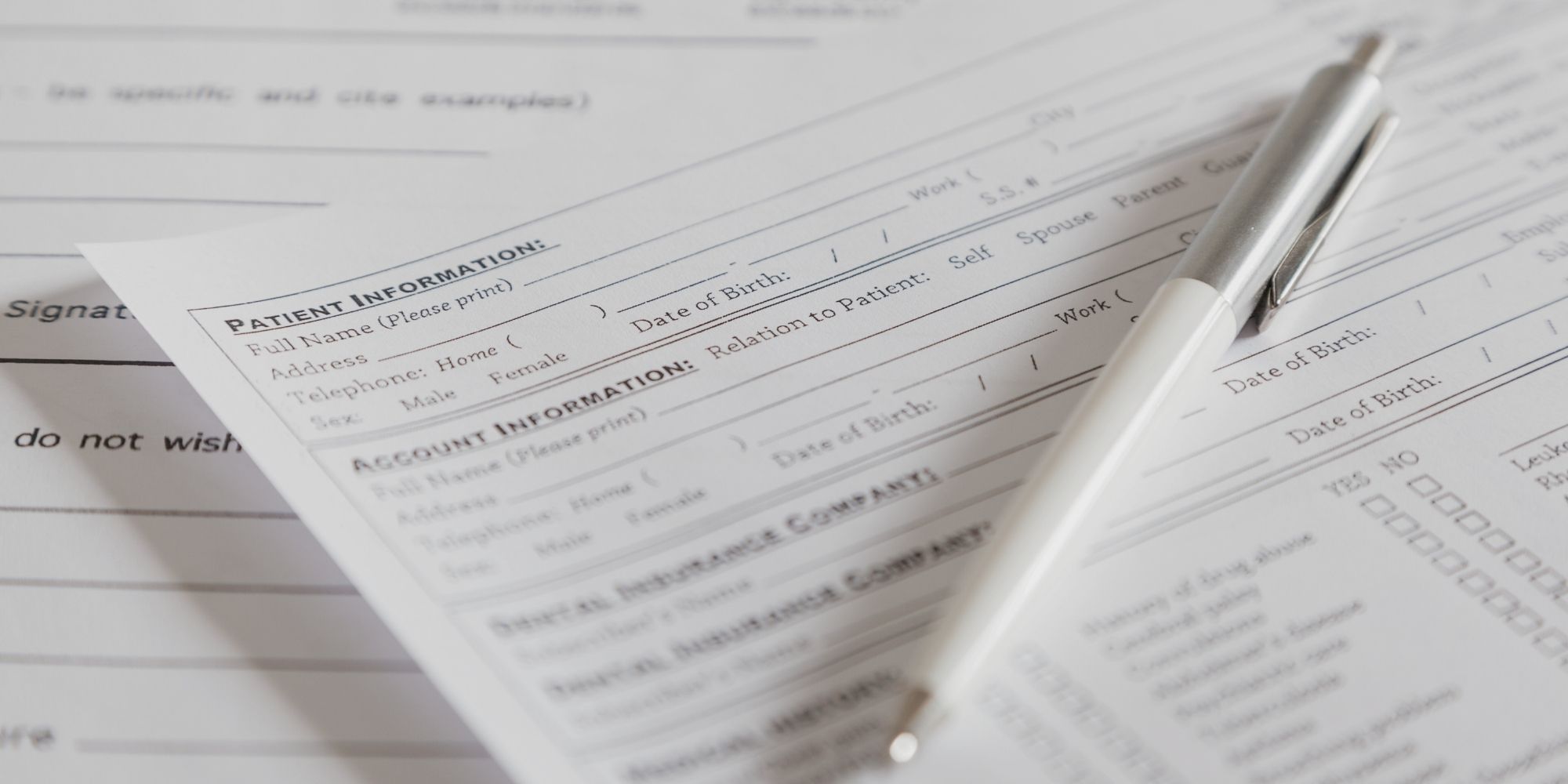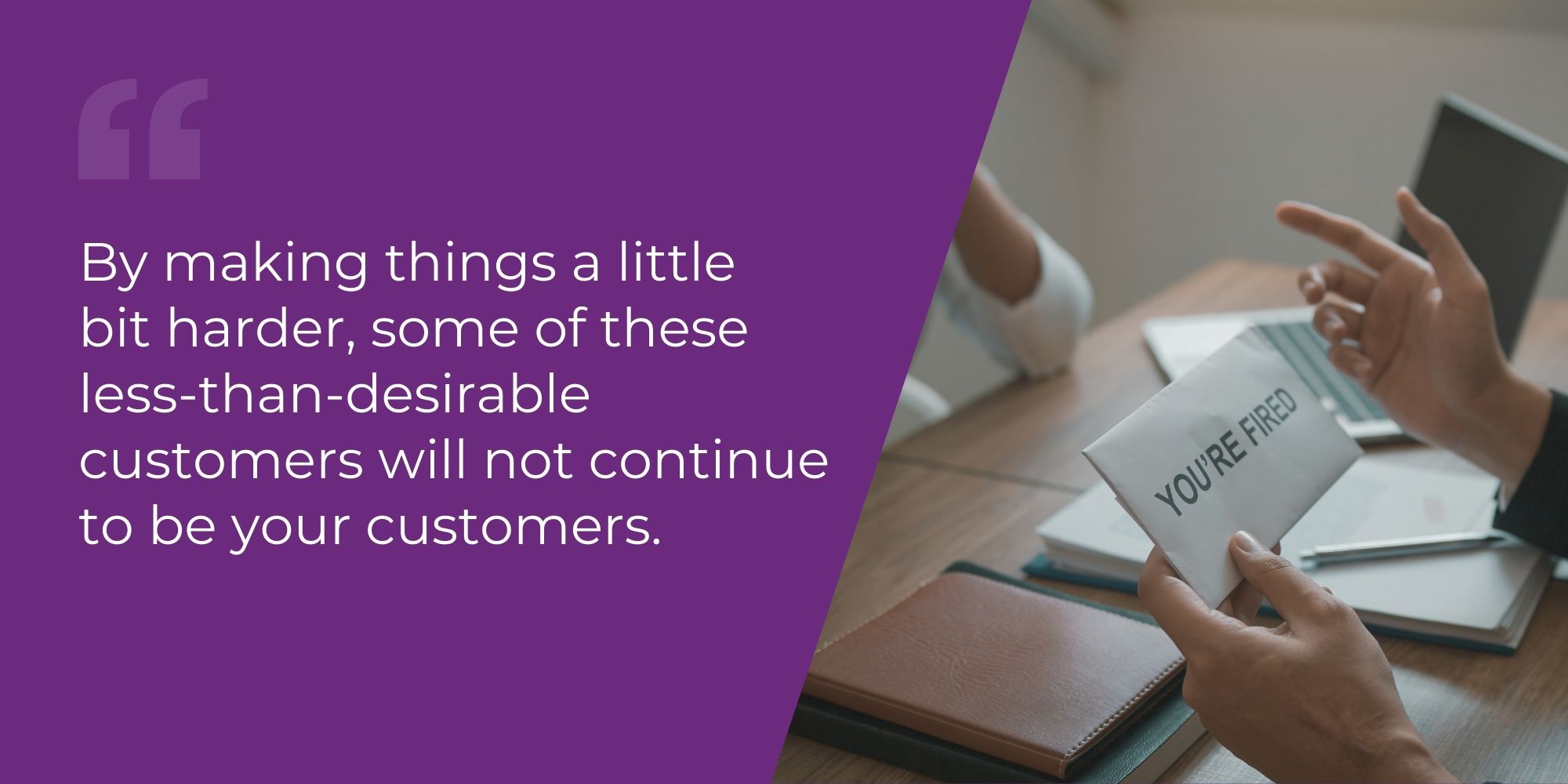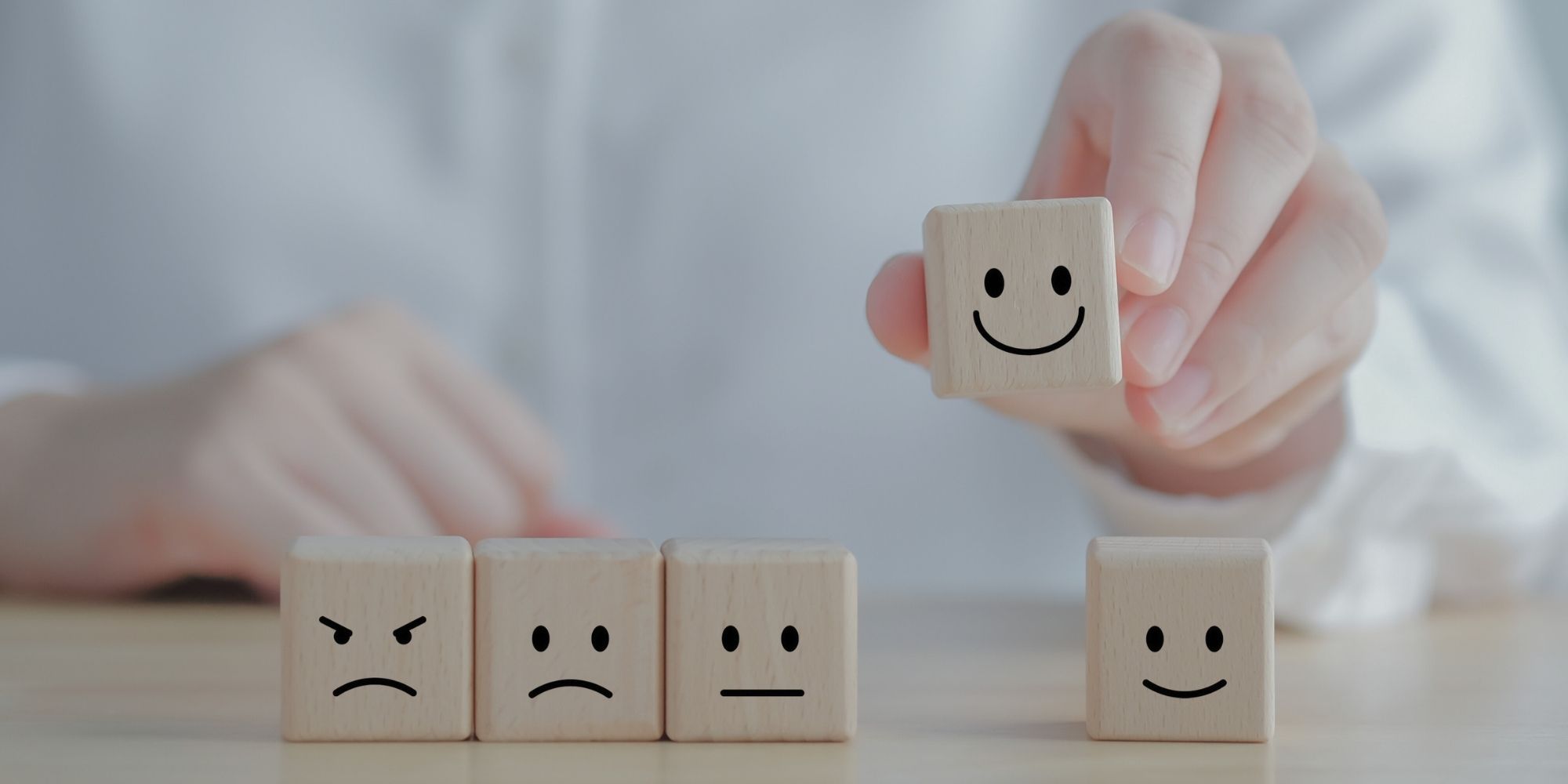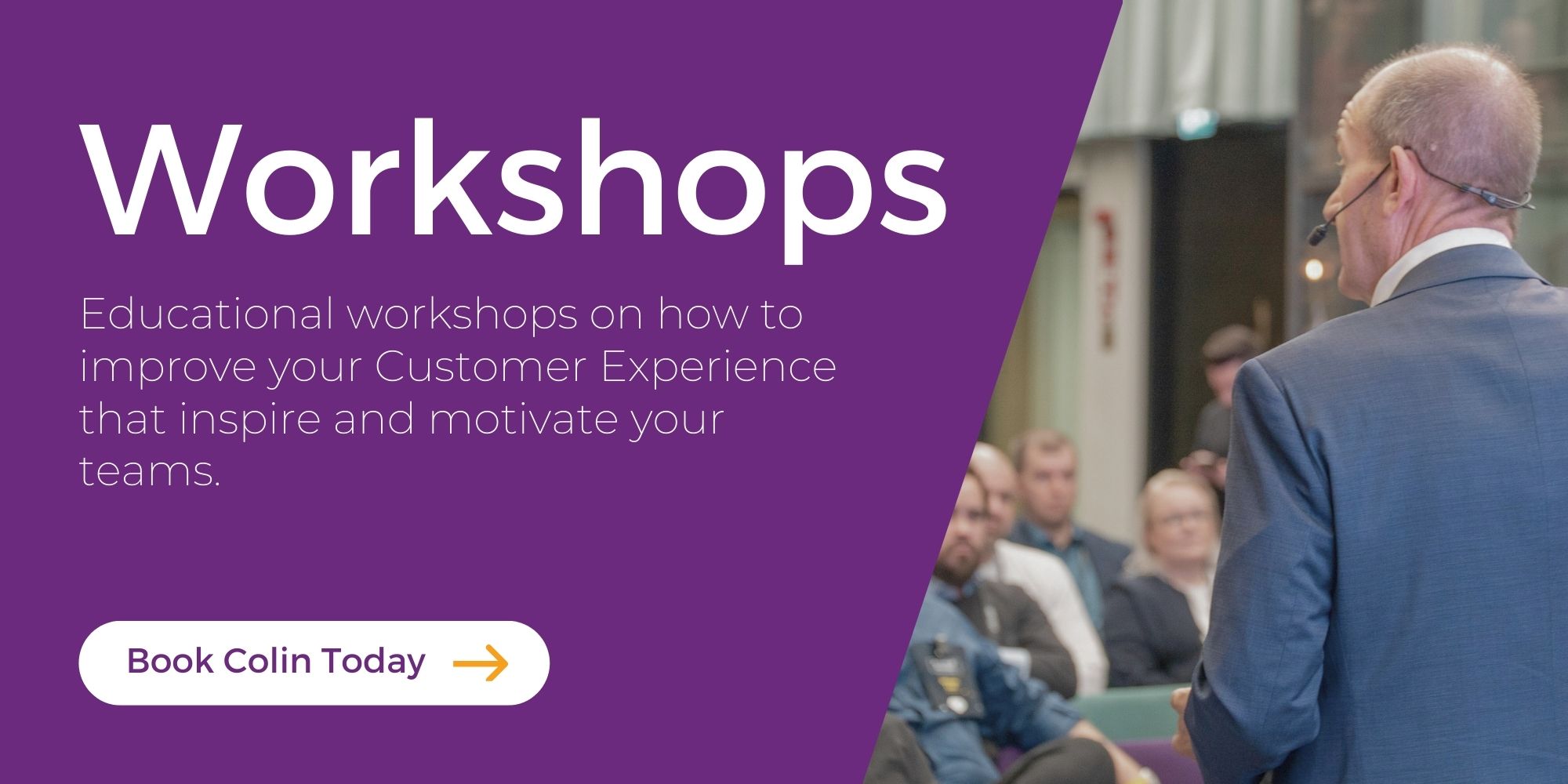Learn more about Colin Shaw: Join over 85,000 people on our LinkedIn Newsletter list or visit our website for more great podcast episodes.
Listen to the podcast:
Organizations must constantly answer an interesting question: how much friction is good for their experience? It might seem like the answer will always be “none at all,” but it isn’t. Today, let’s talk about friction in Customer Experiences and when it is—and isn’t—bad.
There are contexts involved when we want to do something in our business or professional life. Sometimes, taking a particular action is a good thing, but in a different context, it isn’t. That is also true for friction.
This ambiguity regarding friction’s value in an experience is because there is never only one psychological thing happening in Customer Experiences. The behavioral sciences excel at describing what is happening in a moment and how that moment influences customer behavior. However, the concept of one behavioral science principle as the sole driving force of customer behavior is rare.
Therefore, the inexact nature of psychology means that whether friction is valuable to you depends on the context. In other words, friction can be a positive thing in some experiences, no matter how counterintuitive that might sound.

Examples of Friction from My Life
So, what do I mean by friction in an experience? Let me give you a couple of examples.
When I went to the dentist, they gave me a form to fill out. It asked for my name, address, and other pertinent information. It asked me everything that they have in the system for me already. My annoyance at filling out the form is an example of friction.
Many organizations are guilty of this type of dental-form friction. We had a guest on the podcast who talked about experiences in the context of time well spent, well invested, and well-saved. This dental form creates friction in the context of time well-saved, meaning it wasn’t saving mine, nor was it well spent or invested.
My second example of friction in my recent experiences is the cable company (Imagine that!). The cable provider often requires you to enter a PIN when you call to get past all the account questions. However, you must go through all the questions once you get to someone.
Therefore, the PIN isn’t a bypass; it’s a stalling technique. It’s a new way to give me something to do while they keep me waiting.
This measures a customer’s exertion to resolve an issue in an experience and helps manage this type of obstacle. That is a good thing.
These are examples of friction that isn’t adding much to an experience. However, there are a few examples of when friction does the opposite. So, let’s talk through three different areas where you might want to pay close attention to friction, which include:
- The advantages of removing friction and making things easier
- Causes of accidental friction that interferes with the experience
- The moments where introducing friction manages a Customer Experience

The Advantages of Removing Friction and Making Things Easier
When should you remove friction from your Customer Experience? The answer is usually.
It’s essential to make things easy for people who are (in general) cognitive misers that don’t like expending effort when it isn’t necessary. In other words, we avoid thinking deeply about things if we can.
The most common customer emotional responses to friction are negative. Friction creates irritation and annoyance and imposes costs in terms of time and effort (and sometimes money). So, generally, customers prefer to avoid it and will not want to return as your customer.
Removing friction should be your goal in most instances. The exception is if you have compelling reasons not to remove it, which we will cover shortly. Otherwise, get it out of there because it isn’t doing anything great if it isn’t deliberate.
Causes of Accidental Friction
Most of the time, friction is accidental. Most organizations don’t create it on purpose; few believe that annoying or frustrating customers on the regular is a winning business model.
Accidental friction also includes the type that results from apathy. Some companies don’t think it matters that their experience is friction-laden.
In these organizations, the focus is not on customers but inward on operations. So, even though friction and the Customer Effort Score are climbing, these firms are unaware and unconcerned. It isn’t uncommon for organizations like these to have an attitude like, “We don’t have to worry about that moment in the experience. We’ll force the customer to do it.”
Apathy about friction can be disrespectful in some ways. For example, the healthcare system often disrespects patients’ time. Doctors are typically booked with few breaks between appointments, so clinicians start running late if there are any hiccups in the schedule.
Once the day is off schedule, patients who arrive early or on time for their appointment later in the day must wait, sometimes for a long time. The patient held up their end of the bargain but still had to wait. The healthcare system that chooses not to address this problem essentially says that the patient’s time is less valuable than the doctor’s.
Accidental friction —or apathy-induced friction—occurs when companies do not consider their customers’ perspectives. These companies annoy customers. Some customers will leave; others will endure but feel irritated about it. Since irritating customers is rarely the goal, removing accidental friction is essential.
Introducing Friction to Manage a Customer Experience
The third area of friction is an interesting one. Consider why you might want to introduce friction to manage your experience.
One reason for introducing friction is to fire marginal customers. By making things a little bit harder, some of these less-than-desirable customers will not continue to be your customers.

For example, the U.S.’s Six Flags amusement park chain introduced friction in its discounted ticket programs during summer vacation. Discounted tickets led to many rowdy teenagers buying tickets, coming to the park in droves during the summer, and getting into trouble. This particular demographic didn’t have much money to spend in the park. The theme park was becoming a bit of a babysitting service for their rowdy, teenaged guests. Lines were long, and tempers were short after a while.
Six Flags took action by eliminating the discounted ticketing programs. Making the tickets harder to get introduced friction to this specific group, and their attendance declined. The visitor volume also declined, improving the experience for the other guests.
Here’s another good example. The Ivy restaurant in central London is renowned for having many celebrities dine there. As a result, booking a table is a nightmare. However, there is value in that friction because you think you’re going somewhere special.
The Ivy reservation problem also shows that more than one thing is happening. In addition to friction, which adds value to the reservation, social proof is happening here. The reservations are in high demand, so when you get one, you feel like you have something special because many people want it. Friction here serves as a way to improve one’s self-perception. Plus, the extra effort we exert to get a desirable thing feels more worth it in this situation.
Also, there are instances where buying a brand is challenging, whether because of location or the extra effort needed to acquire it. Some luxury stores or real estate showings require an appointment. When one makes an effort and feels like it is worth the trouble, it makes one feel closer to the brand.
Security is another area that creates friction. Customer verification protocols are friction, particularly when you don’t have what you need to pass them. It can be frustrating at times. However, most people find that security friction in an experience adds friction for the right reasons.
Can security go too far? It can. There are times when there is too much security friction, so people give up or rebel against it with consumer backlash. It’s up to the organization to determine how much security is too much and whether the tradeoffs of security vs. friction are valuable enough to keep.

So, What Should You Do About This?
Whether friction is good or bad depends on the context. It would be great if the issue were black and white; that friction was either good or bad. However, the complex nature of psychology and the fact that the principles of the behavioral sciences rarely exist as the sole driver of customer behavior make it more complicated than that. Therefore, the difference between good and bad friction in a Customer Experience is nuanced.
The general rule is to reduce friction where you can. Most accidental friction results from firms needing to learn (or care) more about their customers’ perspectives and gain a healthy respect for customers’ time, energy, and money. Therefore, reducing this kind of friction will improve the Customer Experience.
However, there are cases where introducing strategic friction is good. Strategic friction does things like firing marginal customers or promoting brand loyalty by introducing small hurdles people must overcome. These friction cases are the exceptions to the general rule.
Remember, customers want things to be easy. I would be remiss if I ignored that friction makes things more complicated. As cognitive misers, your customers might react to feeling forced to think more than they want at a given moment. That is why a deliberate strategy is essential to make these moments work for you instead of against you.

Colin has conducted numerous educational workshops, on how to improve your Customer Experience, to inspire and motivate your team. He prides himself on making this fun, humorous, and practical. Speak to Colin and find out more. Click here!


